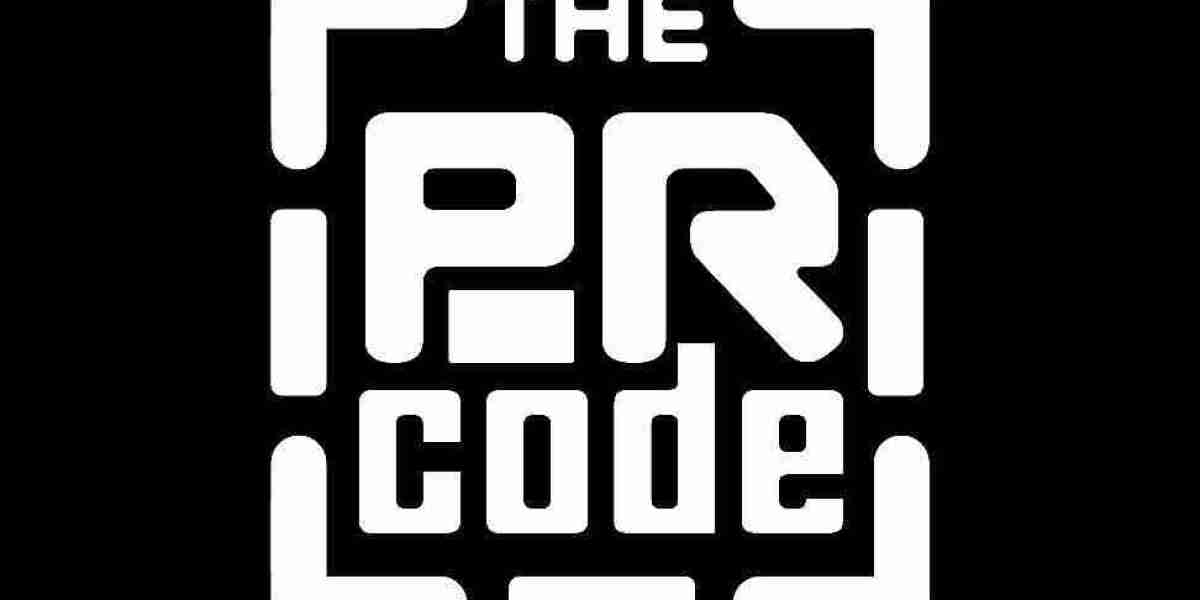Achieving ISO 9001 certification is a significant milestone for any organization, as it demonstrates a commitment to quality management and continuous improvement. However, the journey to certification is often fraught with challenges that can impede progress. Understanding these challenges and developing strategies to overcome them is crucial for a successful certification process. This article explores common obstacles organizations face when pursuing ISO 9001 certification and offers practical solutions to navigate these challenges.
1. Lack of Management Commitment
Challenge:
One of the foremost challenges in achieving ISO 9001 certification is insufficient support from top management. Without active involvement and commitment from leadership, the initiative can lose momentum, and employees may not prioritize quality management practices.
Solution:
To overcome this challenge, it’s essential to engage management early in the process. Leadership should be educated about the benefits of ISO 9001 certification, such as improved efficiency, customer satisfaction, and competitive advantage. Organizing workshops or informational sessions can help demonstrate the long-term value of investing in a quality management system. Moreover, involving top management in the planning and implementation phases can foster a sense of ownership and commitment.
2. Inadequate Training and Awareness
Challenge:
Employees may lack the necessary knowledge and skills to implement ISO 9001 requirements effectively. This gap in understanding can lead to resistance, misunderstandings, and ineffective processes, hindering the certification effort.
Solution:
To address this, organizations should invest in comprehensive training programs tailored to different roles within the company. Training should cover ISO 9001 principles, specific requirements, and practical applications in day-to-day operations. Additionally, fostering a culture of awareness through regular communications about the importance of quality management can help employees see the relevance of their contributions to the certification goals.
3. Complexity of Documentation Requirements
Challenge:
ISO 9001 emphasizes documentation to ensure consistency and accountability. However, the perceived complexity of these requirements can overwhelm organizations, especially smaller ones with limited resources.
Solution:
Instead of approaching documentation as a burdensome task, organizations should view it as an opportunity to streamline and enhance their processes. A practical approach is to simplify documentation by focusing on essential processes and using clear, concise language. Utilizing templates and digital tools can also reduce the administrative burden. Organizations should prioritize creating a quality manual, documented procedures, and work instructions that reflect their unique operations without overcomplicating them.
4. Resistance to Change
Challenge:
Implementing a quality management system often requires cultural changes within the organization. Employees may resist new processes or view them as unnecessary additions to their workload.
Solution:
To minimize resistance, organizations should involve employees in the certification process from the outset. Engaging staff in discussions about quality management can foster a sense of ownership and collaboration. Highlighting the benefits of ISO 9001, such as improved work processes and reduced errors, can help alleviate concerns. Additionally, recognizing and rewarding employees who embrace the changes can encourage others to follow suit.
5. Resource Constraints
Challenge:
Limited financial, human, and technological resources can impede an organization’s ability to implement the necessary changes for ISO 9001 certification. This is particularly challenging for small and medium-sized enterprises (SMEs).
Solution:
Organizations should develop a realistic project plan that outlines the resources required for certification and identifies potential budget constraints. Prioritizing activities based on impact and feasibility can help allocate resources effectively. Exploring external funding options, grants, or partnerships can also alleviate financial pressures. Additionally, leveraging technology, such as quality management software, can help optimize processes and reduce the manual workload.
6. Lack of Internal Auditing Skills
Challenge:
Internal audits are a critical component of the ISO 9001 certification process, allowing organizations to assess their compliance with the standard. However, a lack of trained auditors can lead to ineffective audits and missed opportunities for improvement.
Solution:
Organizations should invest in training employees to conduct internal audits effectively. Training should cover audit principles, techniques, and ISO 9001 requirements. Creating an internal audit team with diverse skills can also enhance the auditing process. Regularly scheduled internal audits, coupled with constructive feedback and follow-up actions, will help identify non-conformities and opportunities for improvement.
7. Non-Conformities and Corrective Actions
Challenge:
During the certification process, organizations may encounter non-conformities that require immediate attention. Failing to address these issues promptly can derail certification efforts.
Solution:
Establishing a robust corrective action process is essential. Organizations should develop clear procedures for identifying, documenting, and addressing non-conformities. Root cause analysis techniques, such as the “5 Whys” or Fishbone diagram, can help determine the underlying issues. Implementing corrective actions promptly and effectively will demonstrate a commitment to continuous improvement and help maintain momentum toward certification.
Note: Apply for iso 14001 certification
Conclusion
Achieving ISO 9001 certification is a valuable endeavor that can lead to enhanced operational efficiency, improved customer satisfaction, and a stronger competitive position. However, organizations must navigate a variety of challenges throughout the process. By fostering management commitment, investing in training, simplifying documentation, and promoting a culture of continuous improvement, organizations can overcome these obstacles.
Embracing the principles of ISO 9001 not only facilitates certification but also lays the groundwork for a sustainable quality management system that benefits the entire organization. In a competitive business environment, the ability to adapt and improve continuously is paramount, making the journey toward ISO 9001 certification an essential investment in long-term success.














